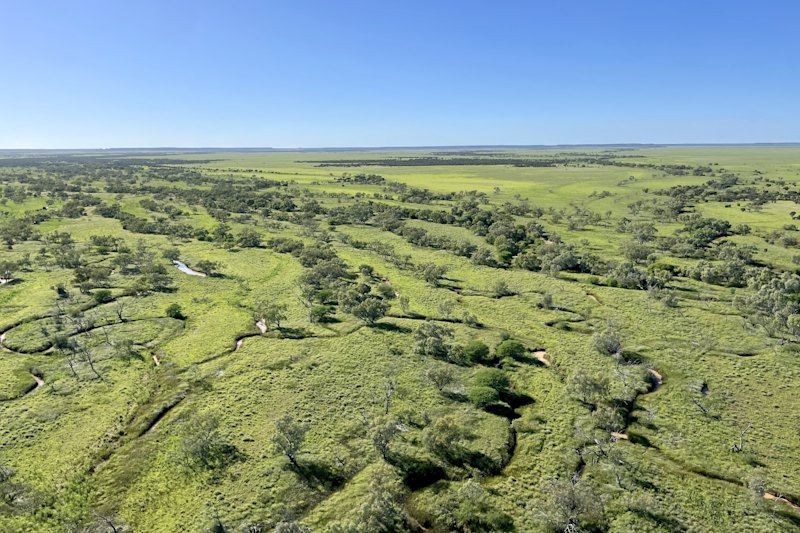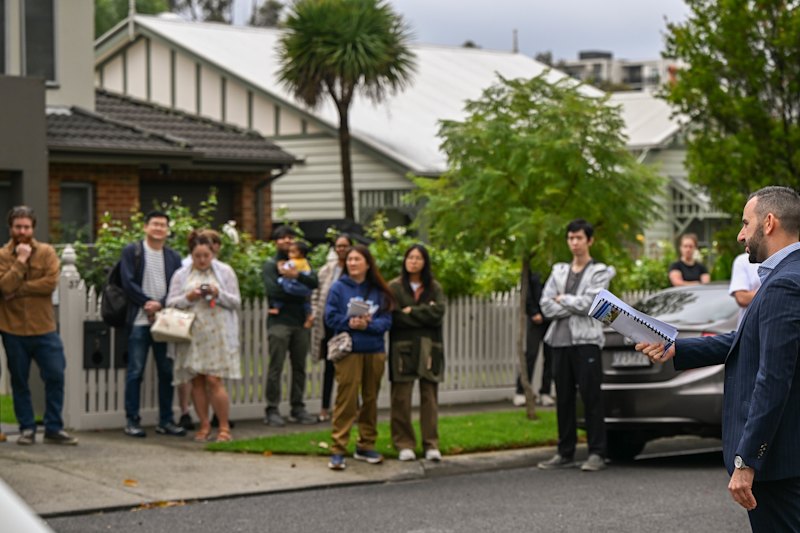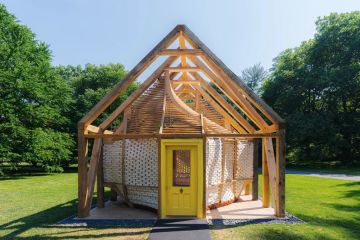State gives middle income earners a leg-up into home ownership

Barber Chloe Tuck bought her three-bedroom, two-bathroom home in Kelmscott in Perth’s south-eastern suburbs in February and shares the mortgage 80/20 with the state government of Western Australia.
She is one of 1045 West Australians on ‘modest incomes’ who have partnered-up with the government to buy new homes under a revitalised shared ownership scheme.
Singles earning between $50,000 and $70,000 and couples earning less than $90,000 can buy a house, with the state government as a ‘silent partner’ paying up to 30 per cent of the cost.
The owner only pays mortgage on the remaining amount and can buy back the government’s portion in the future.
The home is entirely the owners, free from inspections or any other type of tenancy rules.
For Chloe, having a silent partner leaves room for her to have a friend living with her to help pay her share of the mortgage.
She says she’s previously always rented.
“It a lot less stressful – it’s nice to have your own space and your own piece of land – it’s a great feeling.”
Lauren Reynolds bought in Hilbert in Perth’s outer south-eastern suburbs in August.
She’d also been renting and says it is costing her less now, than when paying rent. The added advantage is she’s paying off her home rather than someone else’s.
She’s thrilled it has given her a foot-up to the first rung of the property ladder and added stability to her life.
“As I work on my career, my income will increase and I’ll be able to take on the full amount of the home loan when I’m ready,” she says.
The properties are freshly built and range from one-bedroom units to four-bedroom homes spread throughout Perth suburbs. That includes sought-after suburbs such as Subiaco, with some also available in regional centres like Albany and Bunbury.
Share ownership in a one-bedroom unit at 15 Roydhouse Street, Subiaco, is $288,000. A three-bed, two-bath home in the outer suburb of Ellenbrook is $287,000.
The scheme was instigated in 2011 after the rapid rise in house costs paralleling with the mining boom forced many moderate income earners out of the market. That coincided with the 2010 peak in the number of people waiting for Department of Housing rentals at more than 24,000.
We recommend
We thought you might like
States
Capital Cities
Capital Cities - Rentals
Popular Areas
Allhomes
More







